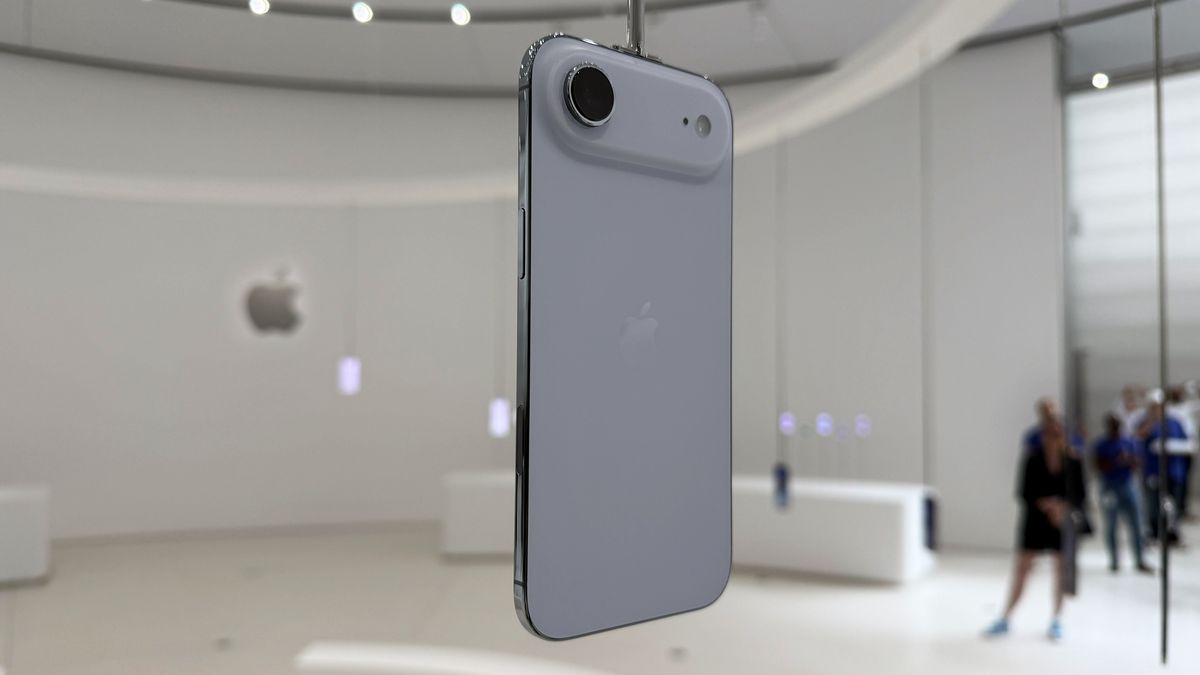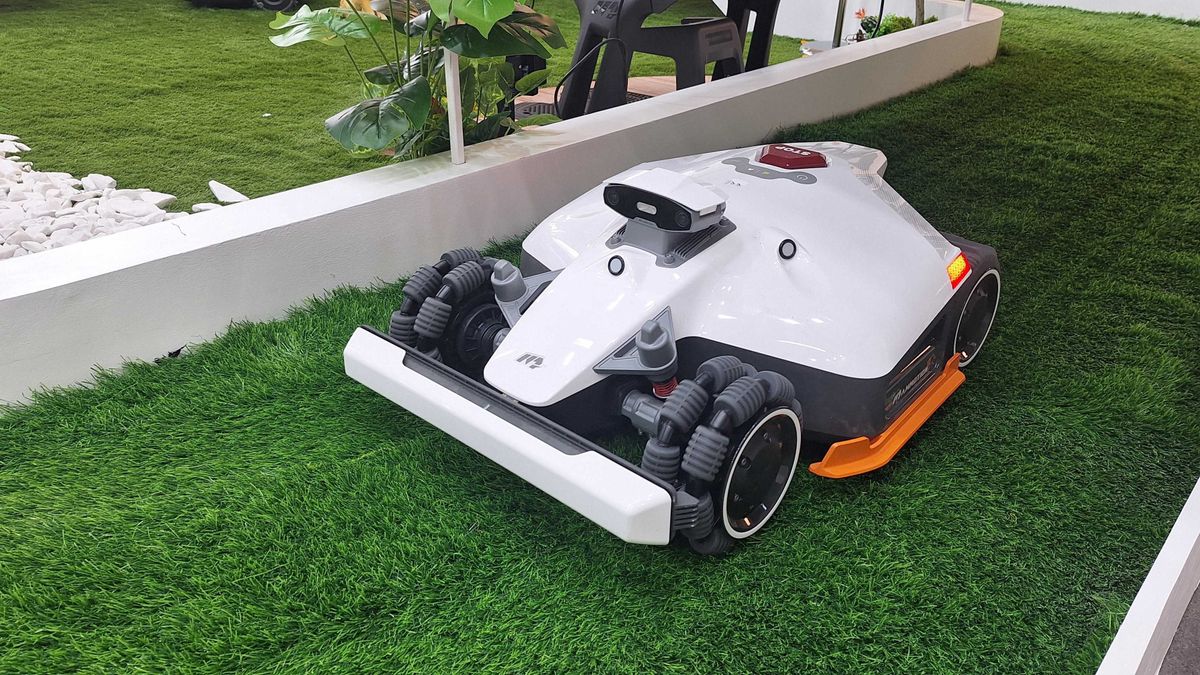We’ve all been there after a long trip—staring blankly at emails, counting the hours until bed. Yet when 2 am hits, you’re still wide awake, mindlessly scrolling through Instagram, trapped in the grip of jet lag. That’s the price for crossing time zones too fast.
Our internal clock, or circadian rhythm, governs everything from sleep to digestion to hormones and uses light to maintain its natural 24-hour cycle. But when we land in a new time zone, and day suddenly turns to night, this rhythm is thrown off balance. Most travelers adjust within a few days, perhaps with the help of a melatonin pill. But in the meantime, jet lag affects sleep, mood, and metabolism.
A complete cure for jet lag is unlikely, but scientists have found ways to help our bodies keep up. “Even reducing jet lag by a day improves the productivity and well-being of so many people,” says Svetlana Postnova, a professor of neurophysics at the University of Sydney, speaking from over 10,000 miles and 10 time zones away.
Since 2015, Postnova has worked with Australian airline Qantas, which is set to launch the world’s longest flights in 2027, connecting Sydney to both London and New York, nonstop. These 19- to 22-hour journeys will offer passengers an unusual experience: two sunrises on a single trip. Or at least that’s what it should look like inside the cabin. This is where Postnova’s expertise comes in. “The timing of lights is key,” she says.
On long-haul flights, airlines typically serve meals shortly after take-off and before landing, keeping the cabin dark in between to give passengers a chance to rest. But ultra-long-haul travel presents new challenges. Sitting in darkness for most of a 22-hour flight wouldn’t just be dull, it would make adjusting to a new time zone even harder, Postnova explains.
Before Qantas launched its 17-hour Perth-to-London route in 2018, Postnova’s team helped fine-tune lighting and meal schedules to help passengers align their body clocks. For the upcoming flights, they’re going further—experimenting not just with timing but with different light colors. “If it were up to scientists like me who want to minimize jet lag, we’d flood the cabin with bright white light,” says Postnova. “But that would upset a lot of people.”
Instead, they’ve created 12 lighting scenes, including a sunrise simulation that moves gradually from the front to the back of the cabin. One key setting is the “awake” mode, a blue-enriched light designed to help passengers stay awake at the right times. “Blue light has a much stronger effect on our circadian clocks than, say, green or red,” says Postnova. Hence the common advice to avoid screens before bed.
The best strategy? Tricking yourself into a new rhythm, even in the days before travel. There are apps to help with this, of course. Timeshifter, developed by a neuroscientist and his team, suggests a personalized schedule for light exposure and sleep based on flight itineraries. For my recent trip from Mexico to Switzerland, the app advised wearing sunglasses at the airport before departure, sleeping through dinner on the flight, and going straight to bed upon arrival. If only I had known before takeoff.

 2 months ago
27
2 months ago
27








 English (US) ·
English (US) ·